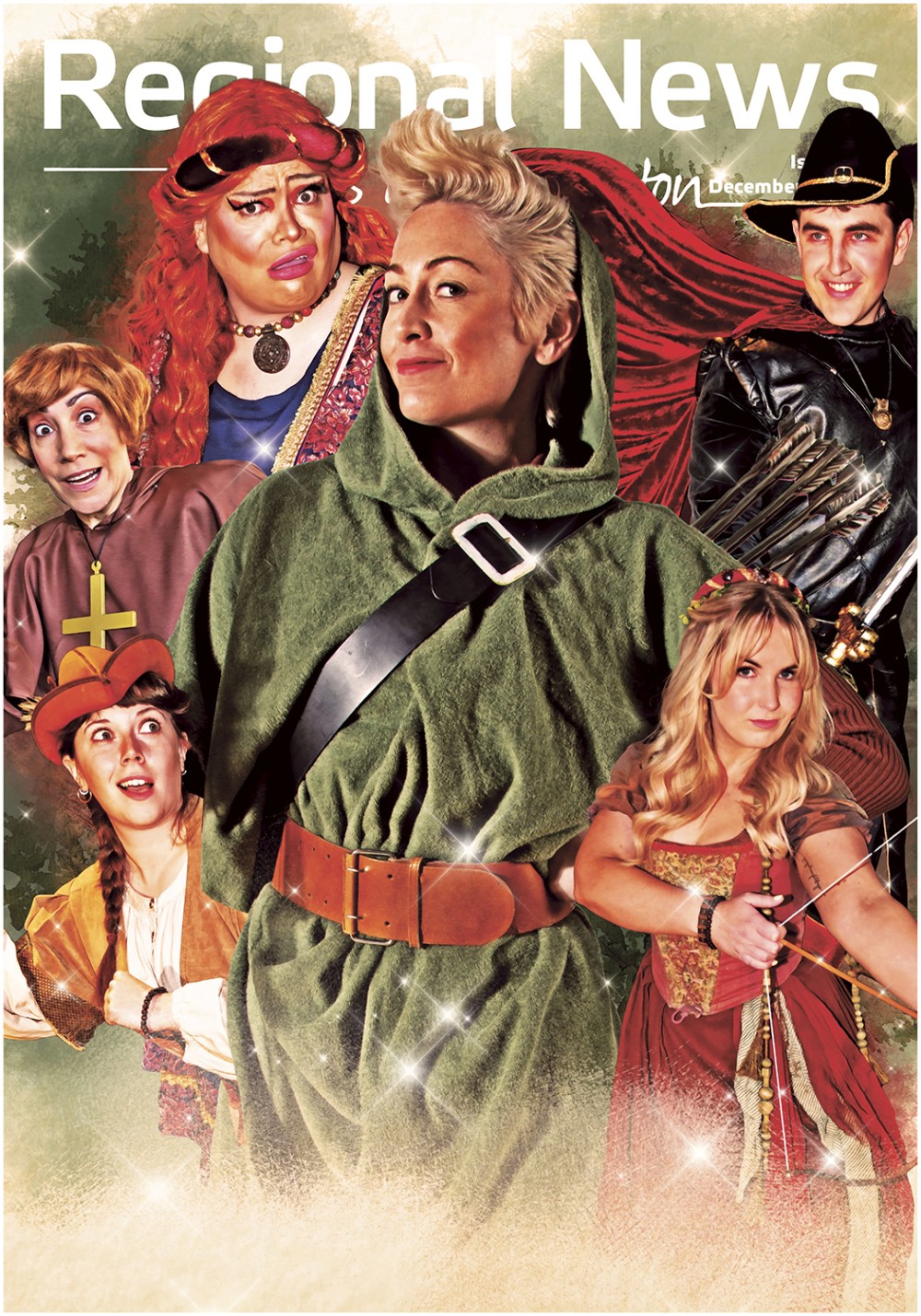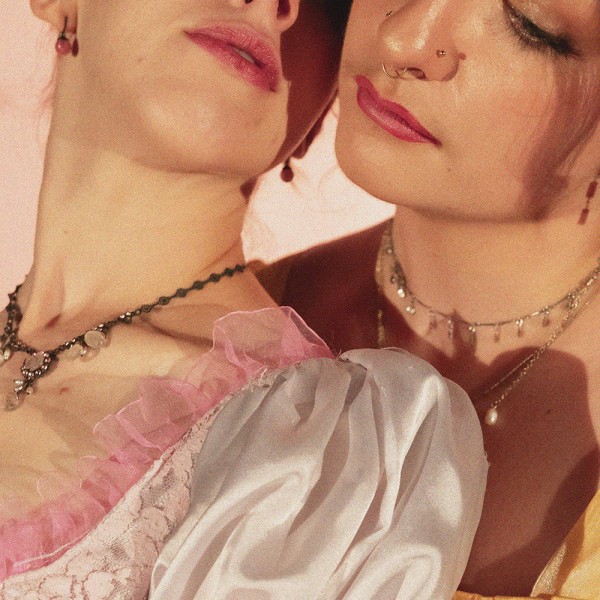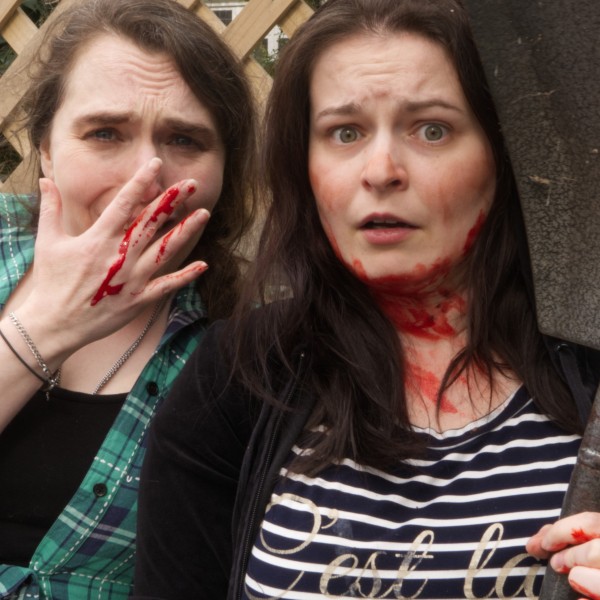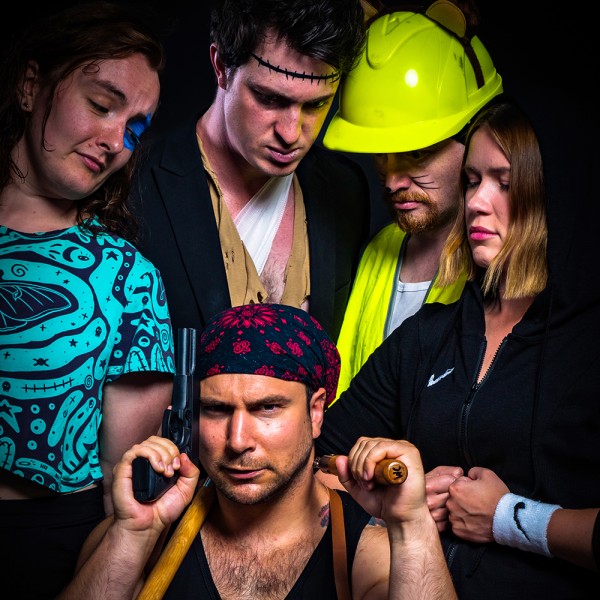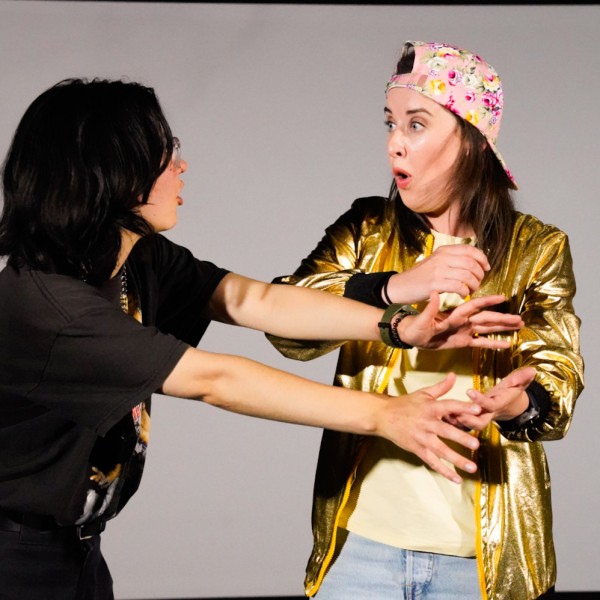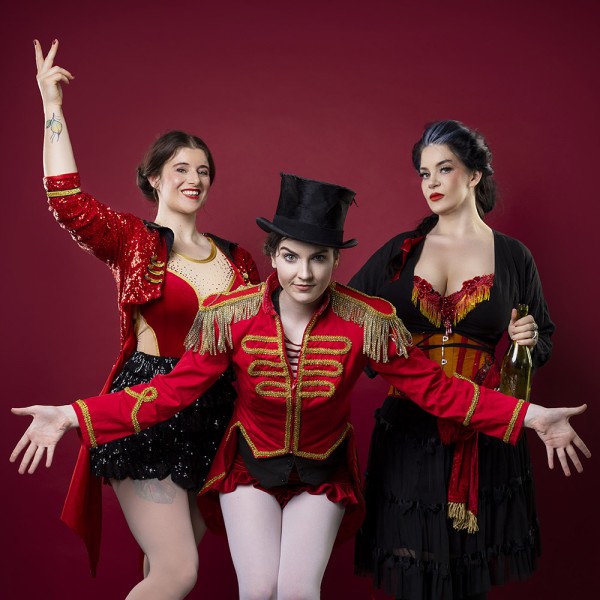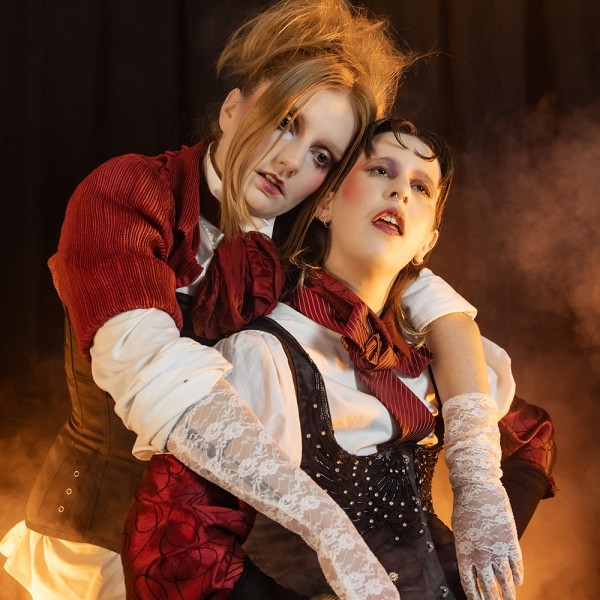
House of Ick
Written by: Nina Hogg and Megan Connolly
Directed by: Mo Munn
BATS Theatre, 4th Mar 2025
Reviewed by: Stanford Reynolds
Wellington comedy duo Ginge and Minge (Nina Hogg and Megan Connolly) present their new show, House of Ick, the craziest whirlwind of outrageous, crass, and cringey sketch comedy that I have ever seen. This is my first time seeing Ginge and Minge and I’m not entirely sure what to expect, although I don’t think anything could have really prepared me for this. Hogg and Connolly interact with the audience as we enter, asking us if we have seen “Mike”. An infectious, charged anticipation fills the room, and as the lights go down and the show begins, there is raucous applause – clearly there are lots of fans in the audience tonight.
Hogg and Connolly perform with no boundaries or inhibitions, making a mess of various fluids on the stage and themselves. Sketches are frantic and even stupid at times, and often the second-hand embarrassment makes me unsure if I want to laugh or wince. The characters they play are inspired, engrossing, and irresistible, including Monster Energy drink-obsessed preteens Kyle and Kayden, Mike the inappropriately forward comedian from Facebook Marketplace, and a pair of talkative “horse jizz” saleswomen.
While it might simply sound like shock-value humour, the show is in fact expertly put together and performed by a phenomenal duo who make it look effortless. There is a cohesiveness to the sketches, where nothing is taken seriously, and our expectations are constantly subverted. In an effort to break away from “gross or overtly personal humour”, we are subjected to a dramatic reading of W. H. Auden’s Funeral Blues, accompanied by a transfixing, deliberately tasteless tap routine. The contrast here sums up the show for me – uncomfortable, unpredictable, and utterly hilarious comedy.
By the end of House of Ick, I am a converted Ginge and Minge fan. I want to see more of this type of theatre in Wellington – original ideas that can be produced without a massive budget, more stimulating than anything playing at the cinema. In fact, I want a visceral hour like this every week.
Welcome to the House of Ick. Sit in the front row.



